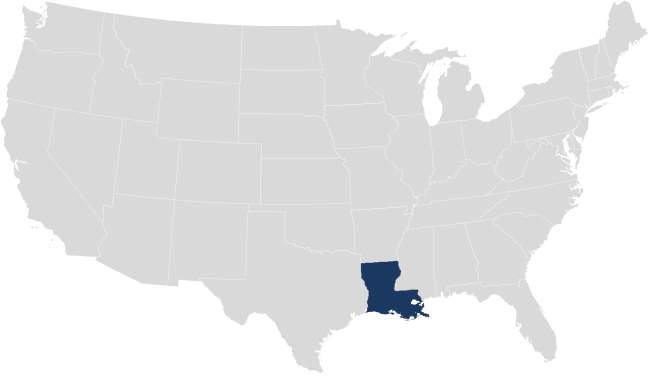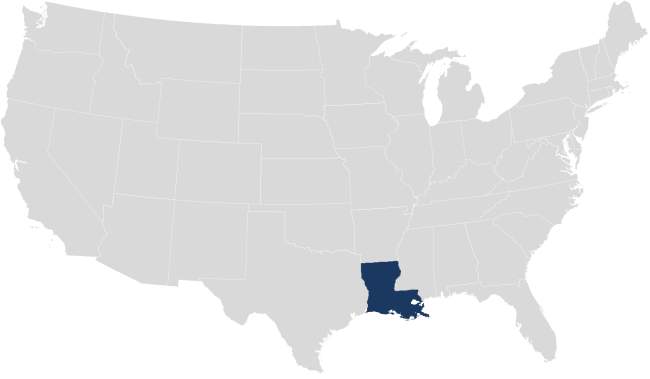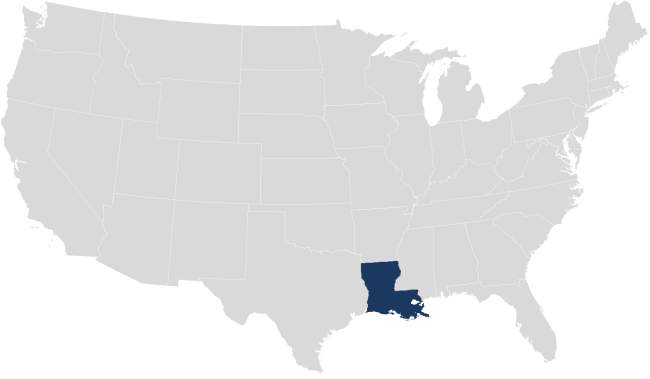In a https://www.accruit.com/blog/self-directed-ira-and-1031-exchanges-power… blog, we compare the use of Self-Directed IRAs (SDIRAs) and 1031 exchanges. In this blog we will take those ideas a step further and discuss additional ways that the investor can use SDIRA funds to invest in real estate.
According to the Federal Reserve’s 2022 Survey of Consumer Finances – the most recent year for which data is available – over 54% of US families hold retirement accounts, including 401(k)s and IRAs. The average savings in these accounts for all families is about $334,000, and as one might imagine, the balances get higher with age. The average balance for investors aged 55-64 is $537,560, and for investors aged 65-74 the average balance is $609,230.
Recently, several Exchangers have inquired about using their retirement accounts in conjunction with their 1031 exchanges. Here we will discuss those situations and how a real estate investor can utilize both a SDIRA and a 1031 exchange to maximize their investment strategy.
SDIRA Investments in Real Estate
As referenced in a previous blog, real estate is among the more common investments within SDIRAs. While there is no limit as to asset class or type of real estate that the SDIRA can acquire, there are limits on the use of the property and the funds generated by it. First, the property must truly be an investment property, and the IRA account holder along with disqualified parties, including lineal family members (parents, grandparents, and children) cannot reside in or use the property personally. Further, the accountholder and disqualified parties are not allowed to perform sweat equity tasks on the property, such as maintenance or improvements. Second, all investment income goes back to the SDIRA. If the accountholder wants to use rental/income funds that go back into the self-directed IRA account, they will need to take a distribution out of the retirement account. There are other significant restrictions on how the real estate can be used, and investors are encouraged to speak with their tax and legal advisors when considering using SDIRA money to invest in real estate.
Combining SDIRA with 1031 Exchange
As stated, typically SDIRAs and 1031 exchanges do not intersect, because alone each achieves tax deferral for the real estate investor. An investor using a 1031 exchange on a real estate transaction already achieves tax deferral through the 1031 exchange. An investor who uses funds from an SDIRA account to purchase real estate also achieves tax deferral or tax-free benefits on the transaction. There are times, however, when an Exchanger can combine a direct purchase with a purchase by their SDIRA.
A typical scenario would entail an Exchanger in need of additional funds to combine with their Exchange Funds in order to purchase their desired Replacement Property(ies).
If the Exchanger has an existing retirement account such as a 401k or IRA, they have the opportunity to open a SDIRA account and fund it from their existing retirement account. This would need to take place prior to the closing of the Replacement Property(ies) and could take anywhere from a few days to a couple of weeks for the transfer to be complete. In addition, there is a 7 day right of recission period. This means that once the SDIRA account is opened, the IRA accountholder cannot make any purchases during this recission period. Therefore, it is recommended that the investor allot at minimum 3-4 weeks to get their SDIRA setup prior to the close of the investment Property.
Once the SDIRA is opened and funded, the Exchanger can utilize the SDIRA to fund a portion of the Replacement Property purchase that exceeds the amount of Exchange Funds.
Considerations for Using an SDIRA in Replacement Property Purchase
As with all investment strategies and tools, the utilization of a SDIRA to purchase Replacement Property in a 1031 exchange has some restrictions and regulations. Below are some of the main considerations an Exchanger should know prior to executing this strategy.
The portion of the Replacement Property purchased with SDIRA funds would be purchased as Tenants-In-Common between the Exchanger and the SDIRA.
All income associated with the property and expenses will be allocated pro-rata between the SDIRA and titleholders based on the percentage each purchased.
If the RP purchase price is $1,000,000 and $750,000 was purchased with Exchange Funds, while the remaining $250,000 was purchased with SDIRA funds. The Exchanger would be associated with 75% of the income and expenses while the SDIRA would be associated with the other 25%.
The Exchanger will need to ensure the SDIRA is funded to cover its percentage of expenses and be aware of the annual limits on contributing to the SDIRA. For 2024, the contribution limit for both a Traditional IRA and a Roth IRA 2024 is $7000. For individuals who are over the age of 50, the contribution limit for a Traditional IRA and a Roth IRA is $8000
SDIRA rules supersede the 1031 exchange personal use rules for the property. SDIRA rules do not allow any personal use. Therefore, a property purchased with SDIRA funds, and a 1031 exchange is not eligible for any personal use.
Example of Using a SDIRA in a 1031 Exchange
Let’s look at a real-life example of how an Exchanger might combine the use of SDIRA funds and a 1031 Exchange.
Jason is selling an investment property as part of a properly structured 1031 exchange. Jason enlists the aid of his local real estate professional to sell the property and engages Accruit to serve as the Qualified Intermediary (QI). The property sells, and Jason nets $500,000 after closing costs and commissions, all of which goes directly to Accruit, as the QI. Jason promptly starts his quest to identify qualifying Replacement Property and ultimately finds one that satisfies his investment criteria. The purchase price of the Replacement Property will be $750,000.
Jason is considering financing the $250,000 difference through a traditional lender. In conversation with his tax and legal advisors, he is reminded that he could use his retirement account (previous employer 401k or IRA) for part of the purchase if he set-up a SDIRA. Jason transfers his traditional IRA to a company like Quest, a Inspira Financial Solution, where he opens a SDIRA account. For purposes of this discussion, we will assume that Jason is an “average American family” and his new SDIRA is funded with $250,000 from his prior traditional IRA.
Jason’s tax and legal advisors remind him that there are restrictions on the use of SDIRA funds and advise him to structure the purchase of his 1031 exchange Replacement Property as a tenants-in-common purchase alongside his SDIRA. Thus, Jason will identify and acquire an undivided 2/3 interest with his 1031 exchange funds, and his SDIRA will acquire the remaining 1/3 of the property. Tenant-in-common rules and SDIRA rules both require that 1/3 of the monthly profits go directly back into the SDIRA account. Coordinating his purchase with Accruit for the 1031, and Quest for the SDIRA, Jason acquires his $750,000 Replacement Property within 180 days of the sale of his Relinquished Property. If Jason sells the property in the future, 1/3 of the sale proceeds will go back to his SDIRA, and he can perform another 1031 Exchange on the remaining 2/3 of the proceeds.
Using A 1031 Exchange for Property Held Inside a SDIRA
We have discussed the use of a SDIRA within a 1031 exchange, but would someone with property held inside a SDIRA ever need a 1031 Exchange?
Generally, the answer is no. Properties owned in a SDIRA do not need a 1031 exchange because investors purchased the property using retirement cash only and already achieve tax deferral.
It would only make sense if the sale of the property owned within the SDIRA is subject to UDFI (Unrelated Debt Financed Income). UDFI can be as high as 37% of the sale price. This occurs when the investment property is financed with debt. When an SDIRA requires financing in a real estate transaction, they will need to obtain a non-recourse loan.
As always, consult with your tax advisor or CPA for any real estate transaction on property held within a SDIRA that has non-recourse debt and therefore might be a good fit for a 1031 exchange.
Consult with a Professional
Each of the strategies here has their own risks and benefits, and each of these strategies could be part of a larger overall real estate investment strategy. No one strategy is right for everyone. This article is not intended to be an exhaustive guide on the use of SDIRAs in real estate investing. Rather, it is intended to be a resource for the investor, and to encourage the investor to discuss their individual situations with their financial planner, attorney, and accountant, as well as with a 1031 exchange representative at Accruit, and a SDIRA representative at Quest, a Inspira Financial Solution.
This piece was co-authored by David Gorenberg, JD, CES®. Visit https://www.accruit.com/about/meet-team/david-gorenberg”>this link for more of David’s educational articles.
The material in this blog is presented for informational purposes only. The information presented is not investment, legal, tax or compliance advice. Accruit performs the duties of a Qualified Intermediary, and as such does not offer or sell investments or provide investment, legal, or tax advice.






